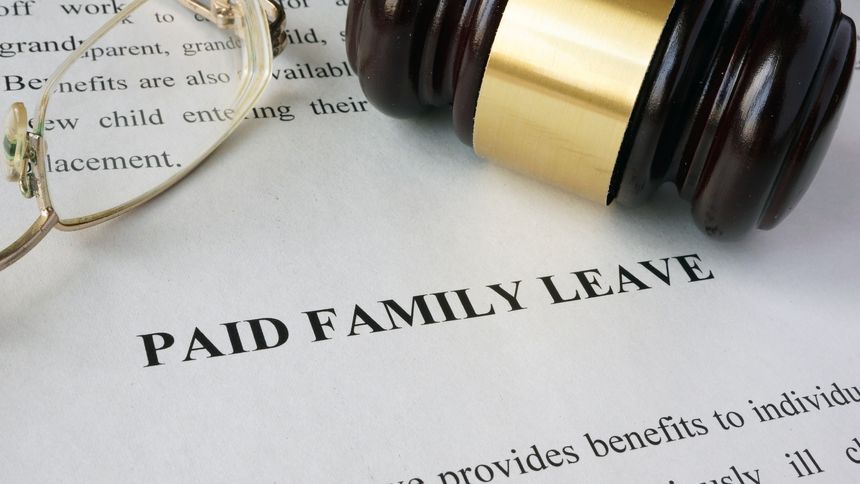Code section 45S allows a general business credit to eligible employers providing paid family and medical leave ("PFML") to their qualifying employees. While this credit has been available since 2017, it was difficult for employers to satisfy eligibility for the credit. Thus, most employers could not take the credit. The One Big Beautiful Bill Act (“OBBBA”) modified the PFML credit, most significantly, by adjusting the group of employees to whom employers must offer PFML and making the credit permanent. These changes are effective January 1, 2026, and may allow more employers to qualify for the credit.
Employers can take the credit if they create (or update) a written policy providing:
- PFML to employees who have been employed for at least 1 year (or, at the election of the employer, 6 months);
- At least two weeks of annual PFML for full-time employees of not less than 50% of wages normally paid;
- Prorated leave for part-time employees (defined as employees who customarily work 20 or more hours per week); and
- Prohibitions against retaliation or discrimination for exercising rights under the policy.
An employer cannot take the credit for an employee who, for the prior calendar year, had compensation in excess of 60% of the Code section 414(q)(1)(B) limit for that prior year (prorated for part-time employees).
With certain exceptions, all employers within the same controlled group under Code sections 414(b) and (c) are treated as a single employer and meet the requirements above for any employer in the controlled group to claim the credit.
PFML means leave for one or more of the following events, as described under FMLA:
- Birth of an employee's child/care for the child;
- Placement of a child with the employee for adoption or foster care;
- Care for the employee's spouse, child, or parent who has a serious health condition;
- An employee’s own serious health condition that makes the employee unable to perform job functions;
- Any qualifying exigency due to an employee's spouse, child, or parent related to being on covered active duty; and
- Care for a service member who is the employee's spouse, child, parent, or next of kin.
Other types of leave that the employer provides (e.g., PTO, personal leave) are not considered PFML. An employer cannot take the credit for leave required by state or local law. However, leave required by state or local law does count towards the two-week leave requirement.
The credit amount is either a certain percentage of the amount of PFML the employer paid to the employer, or, if the employer has an insurance policy for PFML, of the insurance premiums paid for the PFML coverage. The percentage for the credit is 12.5%, which is increased by .25% for each percentage point the PFML exceeds 50% of an employee's normal wages. The maximum credit is 25% and the maximum number of weeks per employee for which the credit is available is 12 weeks.
While more employers may be able to take the credit under the OBBBA, there may still be some challenges. For example, the compensation limit could minimize the number of employees for whom the employer can take the credit. In 2026, for example, an employer cannot take the credit with respect to an employee who had wages in excess of $96,000 in 2025. In addition, while it is helpful for employers to count paid leave required by state or local law towards the two-week requirement, it could be challenging for employers to exclude that PFML when calculating the credit amount, given the number of state and local governments that have paid leave laws.
* * *


/Passle/687957ea093e1f067f31b682/SearchServiceImages/2025-11-13-16-31-28-210-691607e0cf6281c2d2170109.jpg)
/Passle/687957ea093e1f067f31b682/SearchServiceImages/2025-11-07-13-37-00-089-690df5fc111372b0936051c4.jpg)
/Passle/687957ea093e1f067f31b682/SearchServiceImages/2025-11-06-14-11-15-104-690cac836e5d98abe51b1a13.jpg)